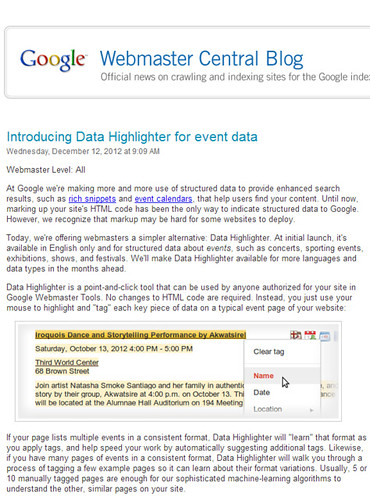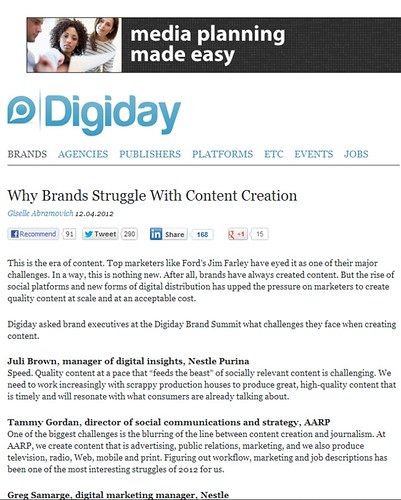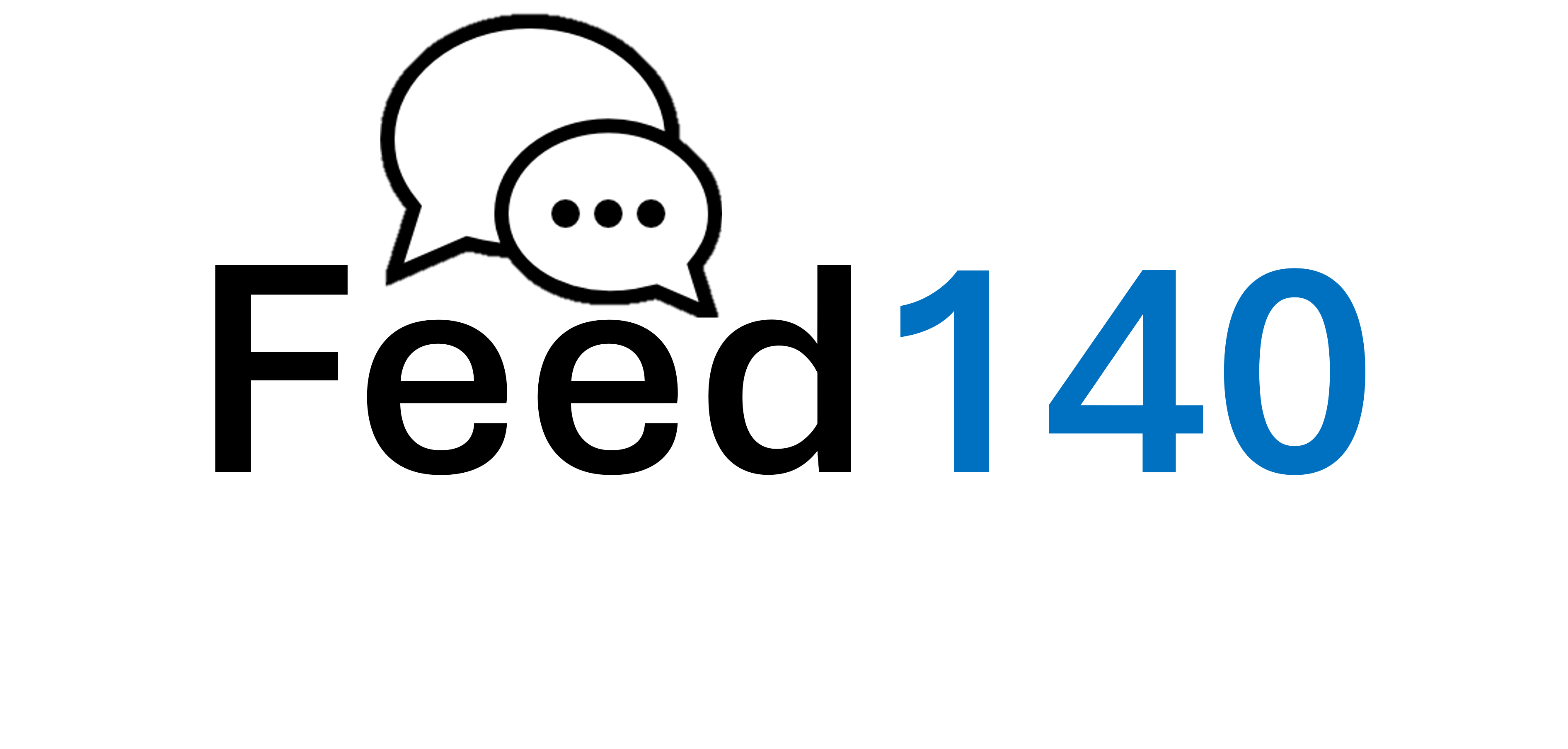 News on Social Marketing, according to Brafton: Marketers must start to develop content marketing strategies that engage with people now that consumers are spending longer periods of time researching before they buy. And one of the solutions is through video marketing.
News on Social Marketing, according to Brafton: Marketers must start to develop content marketing strategies that engage with people now that consumers are spending longer periods of time researching before they buy. And one of the solutions is through video marketing.
According to a report by eMarketer’s “Video Advertising Benchmarks: Key Data, Trends and Metrics,” the digital video audience is increasing in both number and time spent viewing and this should persuade professionals to invest resources on video content.
By 2014, the report foresees 201.4 million digital video viewers, which is about 76.9% of the overall internet user population in the United States. The eMarketer report also sees an increase of video marketing spend from 2.93 billion in 2012 to $8.04 billion in 2016.
Basic benchmarks content creation must be given more focus now that video content is becoming a widely used type of media. Branded content should be honest as marketers who aren’t sincere about corporate sponsorship of video content might push leads away rather than bring them in closer.
According to a report from Brafton, video ads disguised as content has misled 86% of U.S. internet users.
The eMarketer report also shows that two vital metrics marketers should use to gauge their campaigns are completion rates and brand lift. Shorter ads have a higher completion rates as indicated by video ad network YuMe.
However, the success of a video marketing will depend more on the value of a clip rather than its running time. According to Brafton, video content that extends beyond 20 minutes has a 93 percent completion rate.
A survey from Digiday and Adap.tv shows that video had the biggest impact on awareness in 2012. Fifty four percent of respondent says that visual media improved brand lift.
Read more at Video budgets to hit $8 billion by 2016: Get in the game now
 News on Google Marketing, according to Google Webmaster Central : To help users find your content, Google is making use of structured data to provide enhanced search results, such as rich snippets and event calendars. Before, the only way to indicate structured data to Google is by marking up your site’s HTML code which many websites find it hard to deploy.
News on Google Marketing, according to Google Webmaster Central : To help users find your content, Google is making use of structured data to provide enhanced search results, such as rich snippets and event calendars. Before, the only way to indicate structured data to Google is by marking up your site’s HTML code which many websites find it hard to deploy.
Now, Google is launching Data Highlighter as an easier alternative for webmasters. It is currently available in English only and for structured data about events, such as concerts, sporting events, exhibitions, shows, and festivals. Soon, Data Highlighter will be available for more languages and data types.
You can get started with Data Highlighter by visiting Webmaster Tools, select your site, click the “Optimization” link in the left sidebar, and click “Data Highlighter.”
No changes to HTML code are required with Data Highlighter. Anyone authorized for your site in Google Webmaster Tools can use it. Being a point-and-click tool, you just use your mouse to highlight and “tag” each key piece of data on a typical event page of your website.
Having multiple events in a consistent format in your page lists will allow Data Highlighter to “learn” that format as you apply tags, and help speed your work by automatically suggesting additional tags. Data Highlighter will, likewise, walk you through a process of tagging a few example pages so it can learn about their format variations, if you have many pages of events in a consistent format.
You can now review a sample of all the event data that Data Highlighter now understands and click “Publish” if it’s correct. Google can now recognize your latest event listings and make them eligible for enhanced search results. On the Structured Data Dashboard, you can check the crawled data and if you’re not satisfied with the results, then you can unpublish at any time.
Read more at Introducing Data Highlighter for event data
 News on Social Marketing, according to Digiday: In today’s time when social platforms and new forms of digital distribution are on the rise, marketers are now more pressured to create quality content at scale and at an acceptable cost. After all, brands have always created content.
News on Social Marketing, according to Digiday: In today’s time when social platforms and new forms of digital distribution are on the rise, marketers are now more pressured to create quality content at scale and at an acceptable cost. After all, brands have always created content.
At the recent Digiday Brand Summit, brand executives where asked by Digiday what challenges they face when creating content.
Juli Brown, manager of digital insights, Nestle Purina finds speed in producing great, high quality content that is timely as challenging.
Tammy Gordan, director of social communications and strategy, AARP finds the blurring of the line between content creation and journalism as the biggest and most interesting struggles for 2012.
For Greg Samarge, digital marketing manager, Nestle, their biggest challenge is being able to create breakthrough content and still have the budget to fund distributing that content.
Bob Arnold, associate director of global digital strategy, Kellogg says that the biggest challenge is balancing adding value to the consumer and communicating your brand message.
Karen Snell, content lead, Cisco Systems finds that getting buy-in to their approach to content creation from their peers is an ongoing challenge.
The biggest challenge for Orion Brown, senior associate brand manager, Capri Sun is creating both consumer-relevant and brand-building content. Identifying the consumer need that a brand meets, then laddering that back up to a higher emotional need helps drive relevant content creation. However, brands must not get too high in their brand promise to keep the content grounded and believable to the consumer.
Read more at Why Brands Struggle With Content Creation
Other Social Marketing Articles of Interest
